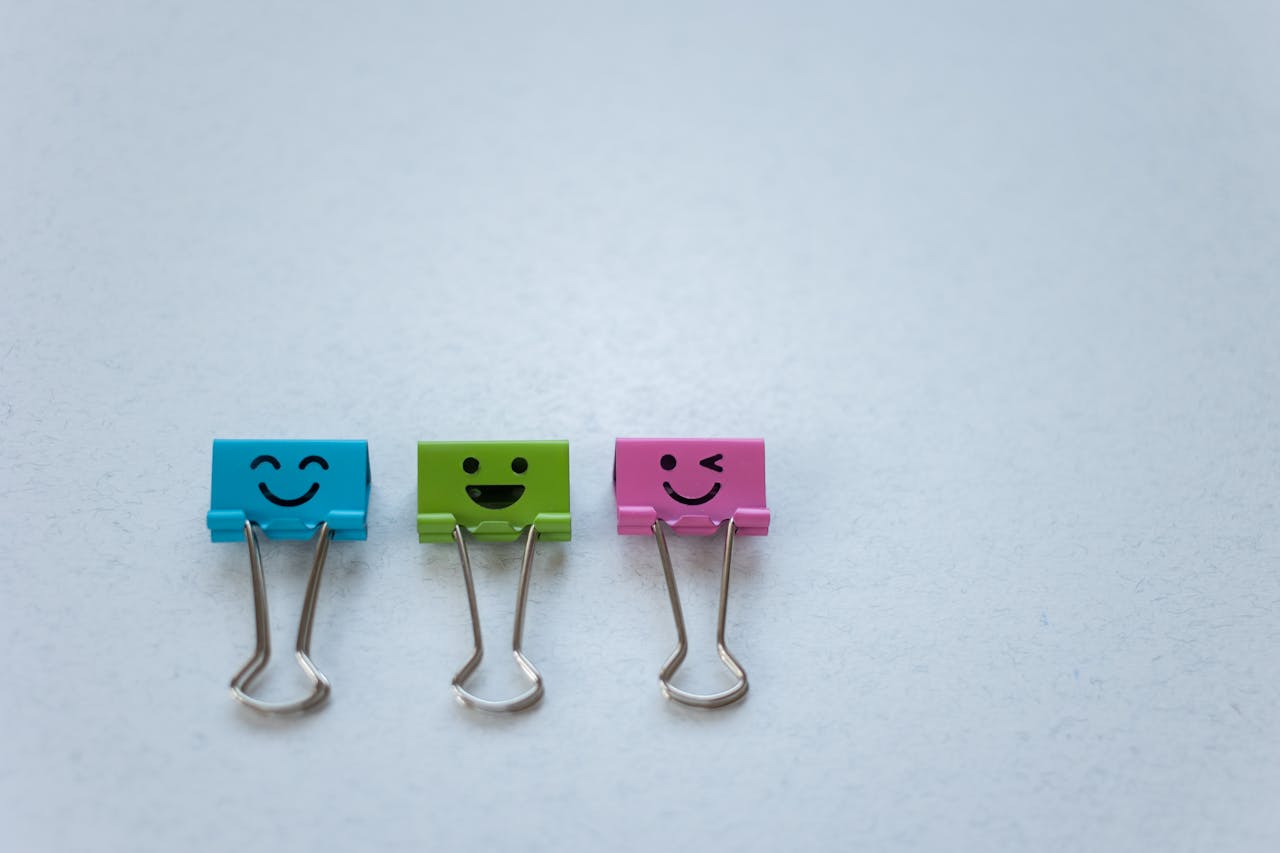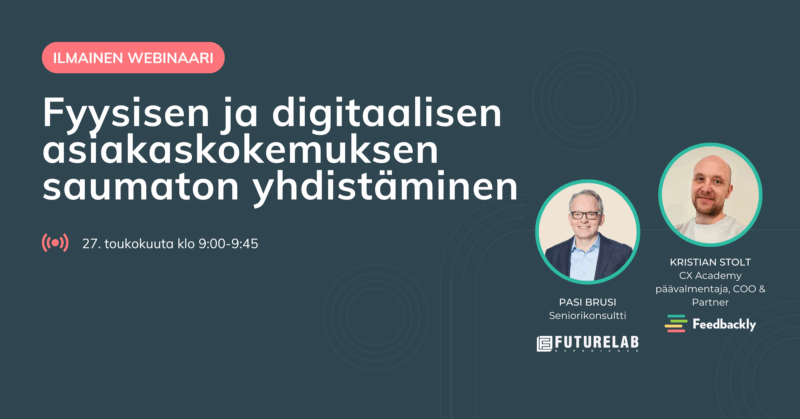If you can predict your customer’s next move, you have pretty much mastered the art of doing business in the modern world. Today’s customers prefer brands that are proactive and can anticipate their needs and preferences before they have to explain them!
One of the dominant factors that drive purchasing behavior is emotions. As a brand, the impact is profound if you can dive deep into your customer’s emotions as they go through the buying journey. Unsurprisingly, emotions also mirror the quality of customer experience and help predict customer behavior more accurately.
The case study with Kekäle reveals that when customers have a positive emotional experience, the likelihood of making a purchase is 40 percent higher compared to a negative experience.
What is Emotional Analytics?
Emotional analytics in CX involves studying, analyzing, and interpreting the emotions expressed by your customers. Emotional data can be gathered through EVI®, sentiment analysis, voice analysis, and even facial recognition to understand emotions deeply. EVI® is one of the most precise methods for capturing emotional experience, as it minimizes machine guessing.
Emotional analytics has a predictive nature—your brand’s emotional connection with customers often determines their future actions. By integrating emotional data into predictive analytics, brands can achieve unprecedented accuracy in understanding how customers’ emotional responses shape their future behavior.
How Can Emotional Analytics Help Predict Customer Behavior?
The nuances of human emotions may sound too complex to deal with but generally, customers that reflect positive or joyful emotions are more likely to spend more, stay loyal to your brand, and even promote it to others.
Here’s how emotional analytics can help you be better at anticipating your customers’ needs and remain prepared.
- Get to Know Your Customer’s Next Move
With emotional analytics, you can map out the likely behavior of your customers and focus on creating experiences that will lead to higher purchases and bigger basket sizes. Our studies show there’s an 80% correlation between emotional experience and sales via basket size and conversion rates! Similarly, you can also predict the reactions of an unhappy customer and take measures to rectify the issue before it gets worse. Essentially, emotional analytics helps brands be proactive in their approach to customer experience.
- Model Your Audience Behavior
Emotional analytics also helps you study the behavior of a sample population of your customers and analyze how their emotional response affects their buying habits. Utilizing this data, you can then focus on replicating the experience and evoking the same emotions to derive a similar reaction from other customers.
Netflix’s recommendation system also uses a similar mechanism to classify its viewers into different groups and provide them with suggestions on what to watch. The explicit form of analysis is based on how people react to their content. Depending on your ‘thumbs ups’ and ‘thumbs down,’ Netflix can predict the type of content and genres that align with your interests. It then provides recommendations under the section ‘you may also like.’ Netflix uses this data to target other viewers with similar tastes.
- Discover the Behaviors of Your High-Value Customers
Finally, emotional analytics also helps you understand how customers will respond to the upselling strategies. Let’s look at a scenario. You want to identify who among your clientele falls under the category of impulse buying to target your up-selling and cross-selling strategies better. For this, you can offer customers recommendations for complementary products as they browse through your store. Customers who respond to the recommendation or find it useful, are more likely to be your best prospects to target.
You can gauge their sentiment with a simple EVI® survey that asks them “How did you feel about the recommended products?” Emotional analytics help you identify the most receptive customers, helping you predict their behavior and tailor future recommendations accordingly.
Power of Emotional Experience
Statistics show that customers will spend up to 140% more after a positive experience. Even in marketing, ads that generate an above-average emotional response are likely to see a 23x lift in sales. Let’s not also forget that customers who receive a positive experience will mention it to 9 people while those with a negative experience will say it to around 16 people!
With emotions being one of the strongest predictors of customer behavior, it’s important to have good metrics in place to measure and analyze sentiments. EVI® is one of them. If you are wondering how it works and how to calculate, get in touch with us!



